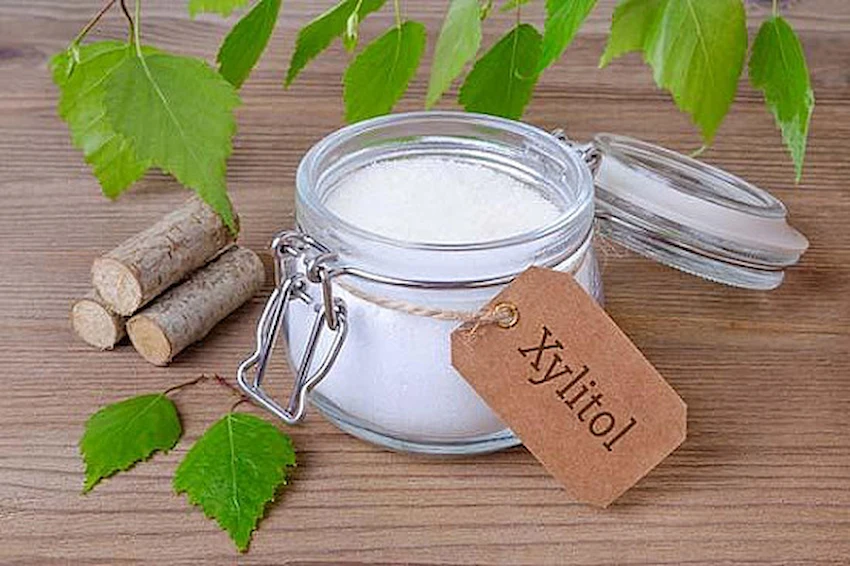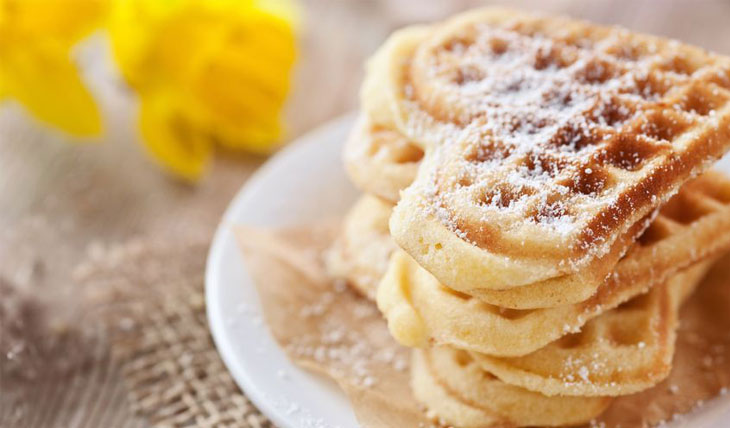Sugar is a staple in most kitchens, but as more people become health-conscious, alternative sweeteners are gaining popularity. One such option is xylitol, a naturally occurring sugar alcohol that offers sweetness without the blood sugar spikes of regular sugar. In this article, we’ll explore what xylitol is, why it’s used in cooking, how to use it effectively, and which recipes it suits best.
1. What is Xylitol?
Xylitol is a sugar alcohol derived from plants, including birch trees and corn cobs. Chemically, it looks and tastes remarkably like sugar but has about 40% fewer calories and a lower glycemic index, making it a favorite among diabetics and low-carb dieters.
- Calories: About 2.4 calories per gram vs. 4 calories per gram of sugar.
- Sweetness: Roughly equal to that of sucrose (table sugar).
- Appearance: White, crystalline powder, indistinguishable from sugar at a glance.
Xylitol is not an artificial sweetener like aspartame or saccharin; it’s a naturally occurring substance found in many fruits and vegetables, including berries, plums, and mushrooms.
2. Why Use Xylitol in Cooking?
There are several compelling reasons to use xylitol in your kitchen:
- Blood Sugar Friendly: Xylitol causes a minimal rise in blood glucose and insulin levels, making it suitable for diabetics.
- Dental Health: Xylitol actually reduces cavity-causing bacteria, unlike sugar, which promotes plaque and decay.
- Fewer Calories: It’s ideal for those managing their calorie intake or following a ketogenic or low-carb diet.
- Comparable Sweetness: Because it’s nearly as sweet as sugar, it’s easier to substitute than many other alternatives like stevia or erythritol, which can alter flavor or texture.

3. How to Use Xylitol in Cooking
Cooking with xylitol is relatively straightforward, but not without its quirks. Here’s how to get the best results:
- 1:1 Substitution: In most recipes, you can substitute xylitol for sugar in a 1:1 ratio.
- No Caramelization: Xylitol does not caramelize like sugar, so it’s not suitable for recipes that rely on browning.
- Moisture Retention: Xylitol tends to attract moisture, which is great for moist baked goods but can lead to soggy textures if overused.
- Cooling Effect: It has a slight cooling sensation on the tongue, which is more noticeable in unheated recipes.
Note: While the sweetness is similar, always taste test and adjust in recipes where sugar is a key component of flavor.
4. Great Recipes for Xylitol
Because of its sugar-like sweetness and moisture-retaining properties, xylitol works well in many recipes. Here are some top picks:
- Muffins and Cakes
Xylitol shines in muffins and cakes, delivering sweetness and keeping them moist. Try it in banana bread, blueberry muffins, or chocolate cake.
- Cookies (with Adjustments)
You can use xylitol in cookies, but they may not spread or crisp the same way sugar does. Consider adding a touch of honey or molasses for browning and chewiness.
- Pancakes and Waffles
Perfect for breakfast! Xylitol dissolves well in batters and helps maintain a pleasant texture.

- Hot Beverages
Hot drinks like coffee, tea, or hot chocolate are ideal for xylitol. It dissolves easily and adds sweetness without affecting flavor.
- Smoothies and Fruit Sauces
In cold applications like smoothies and sauces, xylitol adds sweetness without overpowering the natural fruit flavors.
- Puddings and Custards
Xylitol is great in creamy desserts. It blends well, doesn’t crystalize, and adds smooth sweetness.
- Salad Dressings
A pinch of xylitol in vinaigrettes or creamy dressings balances acidity and enhances flavor without added sugar.
5. Recipes to Avoid or Modify
Despite its versatility, xylitol doesn’t work well in everything. Here are a few recipes to be cautious with:
- Caramel or Toffee
Xylitol does not caramelize, so it won’t produce the same texture or flavor as sugar. For these recipes, sugar or a blend with another sweetener may be necessary.
- Yeast Breads
Yeast does not feed on xylitol, so it won’t rise properly. Avoid using xylitol in recipes that require yeast fermentation.
- Crispy Cookies
Xylitol tends to retain moisture, so cookies may turn out soft rather than crispy. If crispness is desired, consider blending xylitol with a small amount of sugar, or use a different sweetener altogether.
4. Safety Considerations
While xylitol is safe for human consumption, there are a few important things to keep in mind:
- Toxic to Dogs: Even small amounts of xylitol can be extremely toxic to dogs, causing insulin release, hypoglycemia, seizures, or liver failure. Keep xylitol products out of reach of pets.
- Digestive Upset: In large amounts, xylitol can cause gastrointestinal issues like bloating, gas, and diarrhea, especially in those new to sugar alcohols. Start with small amounts and increase gradually.
- Children: Xylitol is generally considered safe for children but should be introduced in small amounts to prevent stomach upset.
Final Thoughts
Xylitol is a powerful, natural sugar substitute that can transform the way you cook and bake. Its close resemblance to sugar in taste and texture makes it easy to use in many recipes, especially when you’re aiming for a healthier or lower-carb lifestyle.
However, understanding its limitations—like its lack of caramelization and impact on yeast—can help you avoid recipe fails. Used correctly, xylitol can be a delicious, smart alternative to sugar that supports your health goals without sacrificing flavor.
So go ahead, give xylitol a try in your next batch of muffins, a cozy cup of hot chocolate, or a creamy pudding—and enjoy the sweetness without the guilt!
Disclaimer: Always consult with your healthcare provider if you have diabetes or digestive issues before making major dietary changes.
